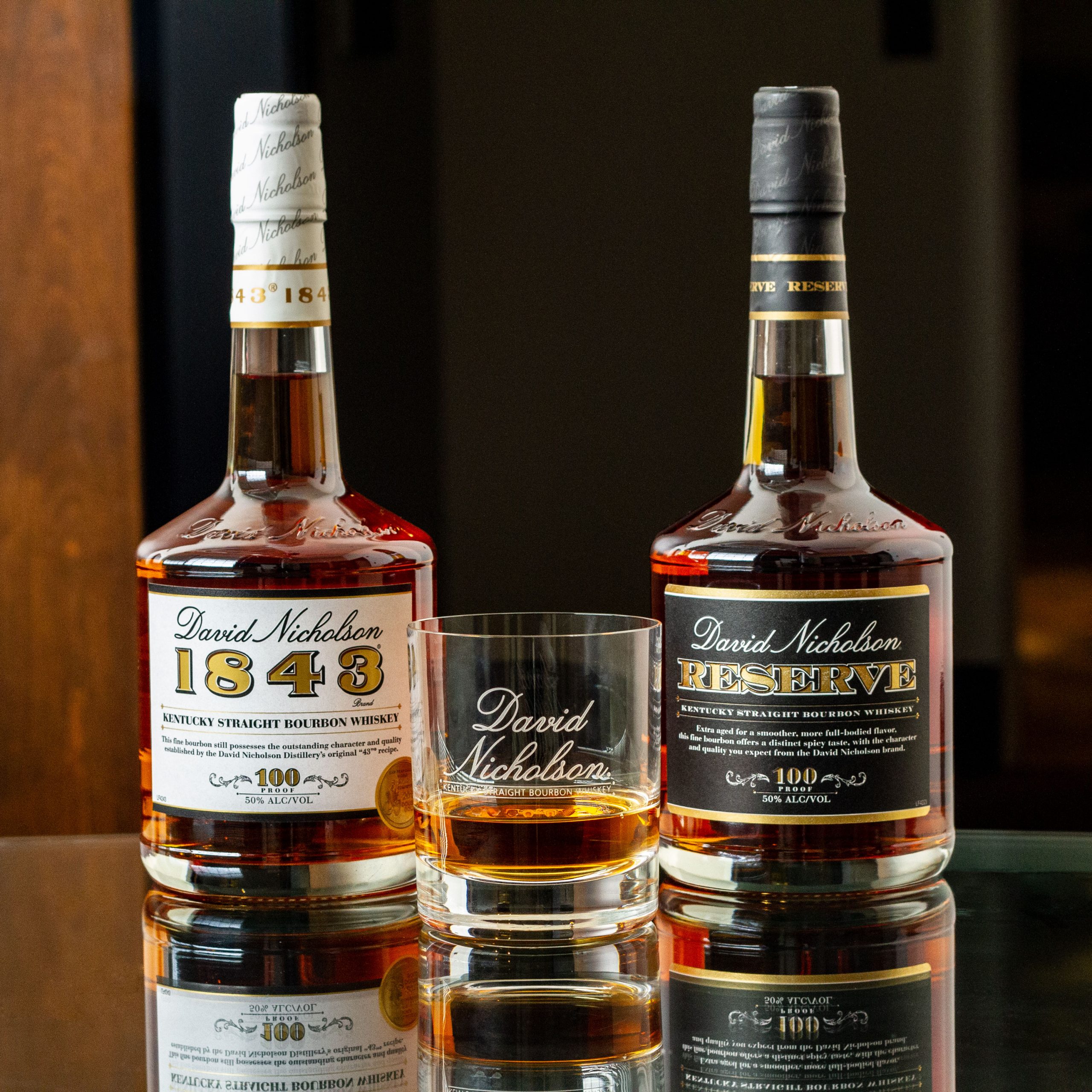
Refined palates don’t just happen. Like many things in life, they’re something that is learned and developed through experience and practice. So, if you’ve ever felt left out during a bourbon whiskey tasting, don’t worry. This guide will help you improve your palate to taste bourbon whiskey better.
The Basics of Taste
Taste is subjective to each person. Age, tongue sensitivity, life experiences, and other factors all play a role. If someone recognizes notes of cardamom, they’ve probably tasted cardamom before. So, the first step is to learn to recognize your palate.
Sweet, salty, sour, bitter, and umami–these are the five categories of flavors most of us can recognize. No matter what you’re eating or drinking, label the flavor in your mind, and you’ll begin to understand your palate better.
Build a Roadmap of New Flavors
By tasting new things and teaching yourself to recognize different flavors, you’ll begin building a roadmap linking your brain to those flavors. The stronger the link, the easier it becomes to notice it in the future. More importantly, it’ll become easier to impress the people around you at the next bourbon whiskey tasting.
Typical Flavors of Bourbon Whiskey
The complexity in bourbon whiskey ensures that no one whiskey tastes precisely the same. However, typical notes and flavor profiles consistently reappear based on a whiskey’s distilling process and mash bill. Some of the more common tasting notes found in David Nicholson Bourbon includes brown sugar, caramel, black pepper, oak, nuts, corn, rye, dark fruits, vanilla, and honey, to name a few.
Take a handful of reviews, and you’ll see these common notes over and over again. Learn to recognize those first. Then, it’ll become easier to expand your palate into the less common tasting notes.
Less Common Flavors
Read a review online or go to a whiskey tasting at Lux Row Distillers and you may be shocked at what people claim to taste. Some less common flavors include uncooked pie crust, pavement, rubber, grass, and many more. Most of these might not sound very pleasant on their own, but it all goes into the balance and complexity of the spirit.
If you don’t notice any “weird” flavors, that’s okay! You’ll get there. Read a review online, get that bottle, and see if you agree. Try picturing those things in your mind before and after you take your swig. It’s okay to taste something else entirely, though.
Create a Flavor Board
Remember those five categories of flavors? Sweet, salty, sour, bitter, and umami. Get yourself a tray or plate and create yourself a flavor board. Add small amounts of food that fall into each of those categories. As you taste each one, recognize where they hit on your tongue and mouth. After each, take a sip of water to cleanse your palate.
Here are a few ideas of what you can add to your flavor board:
Sweet – sugar, fruit, brown and clear syrup, candy, candied nuts, pie filling, milk chocolate.
Salty – salt (kosher or table), plain salted crackers, pretzels, salty nuts, chips.
Sour – lemons and limes, sour gummies, tart fruits, rhubarb, pickled foods, yogurt.
Bitter – bitter melon, citrus peels, cranberries, dark chocolate, coffee, tea, raw vegetables.
Umami – beef jerky, soy sauce, miso, tomatoes, seafood, tree nuts, aged cheeses, mushrooms.
Mix and match or make the board all one category. The goal is to not only train your palate to recognize those categories but to begin to understand how those flavors work together and how they show up in your favorite spirits.
Practice Blind Tasting
Grab a friend or a partner. Take turns handing each other bites to taste blind. Can you name the item? Also, try a blind whiskey tasting and note if it changes or enhances the flavors.
With enough practice, you’ll become the whiskey connoisseur you’ve always wanted to be and the person everyone turns to for their next bourbon whiskey suggestion.
Find some David Nicholson Bourbon near you to start that practice today!



